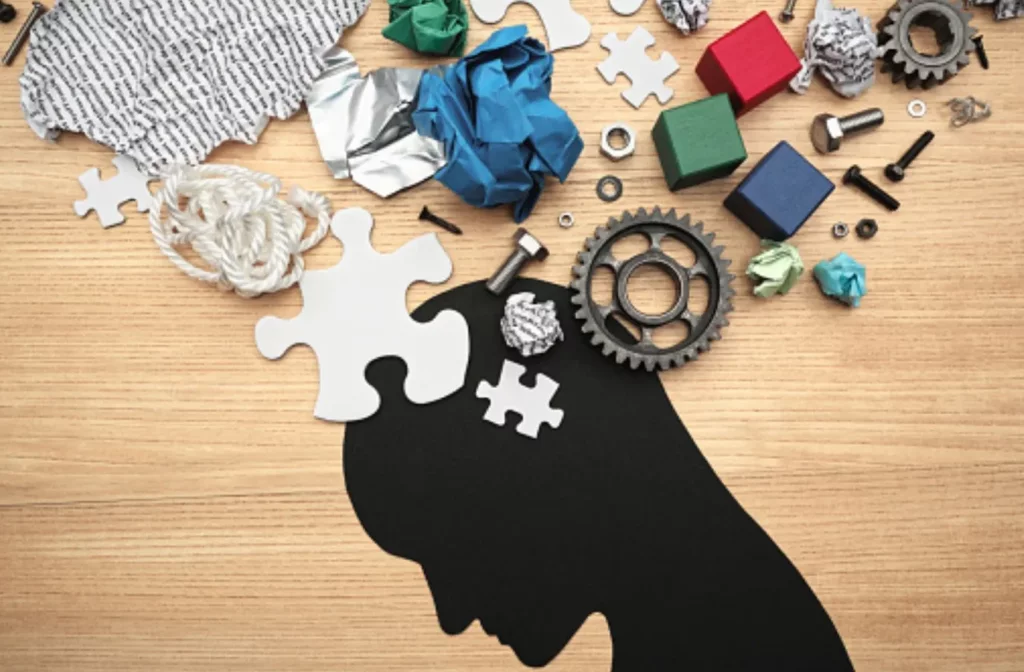Saturday mornings are the most common ones and begin with high expectations: de-cluttering that over-flowing drawer, straightening out the closet, or even rescuing the dining table, where piles of paper are threatening to take over. By lunch time, the inspiration is killed by a heap of mismatched socks and lost gadget cables. The good news? You can bring order without dedicating full weekends or renting a dumpster. One small change at a time, a single shelf here, a ten-minute paper sweep there, adds up quickly. A helpful mindset guide lives on the aviator apk page, showing how bite-sized tasks build momentum; the same spirit drives the uncluttering steps below.
Why Less Mess Means More Time and Less Stress
Visual clutter forces the brain to process extra information. Studies from the Princeton Neuroscience Institute show that people working in tidy spaces complete tasks 40% faster than their peers surrounded by disorder. Beyond speed, there’s relief in knowing exactly where scissors or tax forms live. That certainty shrinks daily micro-stresses like rifling through three drawers for tape, freeing attention for meals, hobbies, or a quick evening walk. Decluttering also saves money. Households frequently rebuy items they already own but can’t locate, such as phone chargers and duplicate spice jars. Clearing storage zones makes existing supplies visible, preventing “just in case” purchases that bloat both cupboards and budgets.
The Four-Box Method, But Smarter
Many gurus preach the “keep, donate, toss, unsure” system. Trouble starts when the “unsure” box grows larger than the others. Give that last category a deadline: items staying there longer than two weeks revert to “donate” or “toss.” A labelled cardboard box placed near the entryway works well; if no one retrieves the souvenir keychain or duplicate charger within 14 days, it goes out. The date rule removes decision fatigue because time, not mood, finalises the choice.
How to Decide Quickly When Sentiment Clouds Logic
Before you rescue an item “just in case,” ask two questions:
- Have I used this in the past year?
- Would I miss it if it vanished tonight?
If both answers sound like “probably not,” let it leave. Most households keep three whisks when one suffices. Parting with extras reclaims drawer glide and shortens dish-washing time.
Digital Clutter Deserves Equal Attention
Physical mess grabs the eye, yet overflowing phone galleries and desktop folders slow devices and minds alike. Schedule a 30-minute monthly “data tidy.” Delete blurry photos, back up important ones to the cloud or an external drive, and create three master folders: Work, Personal, and Archives. Fewer icons mean faster retrieval and less scrolling during meetings. Unsubscribing from five marketing emails per day also pays dividends. Each click reduces future inbox volume, gradually restoring the pleasure of opening mail without being overwhelmed by flash-sale banners.
Maintenance Habits That Stop Re-Cluttering
Decluttering once is helpful; making tidiness automatic is transformative. A two-minute evening sweep: fold a blanket, file a receipt, return pens to the jar, keep surfaces clear. Pair the habit with an existing routine, such as setting an alarm for brushing your teeth. Habit stacking removes willpower from the equation; you tidy because it’s simply part of getting ready for bed. Purchasing rules help too. Adopt a “one-in, one-out” policy for clothes and kitchen gadgets. Buying a new mug? Donate the chipped one at the back on the shelf. Small disciplines prevent gradual creep.
When Family or Flat-Mates Resist
Shared spaces complicate minimalism. Instead of issuing decrees, designate personal “chaos zones” (for example, one shelf per person) where individual items can live guilt-free. The remainder of the communal areas stay clear, and everyone retains ownership of their corner. Friction drops, and progress still shows.
Sustainable Disposal: Beyond the Trash Bin
Throwing away everything clutters landfills, not homes. Many cities host periodic e-waste drives for items such as old cables, phones, and batteries. Local shelters welcome gently used bedding and kitchenware. Apps link donors to seekers for quick doorstep pickups. Research one channel before starting the purge, so outgoing items travel responsibly rather than sitting by the stairwell “until next week.”
Tracking Progress Without Fancy Apps
A simple paper checklist on the fridge is more motivating than elaborate project software. Draw 20 squares, label each with a clutter target (e.g., sock drawer, under-sink area, photo backup), and color a square when done. Visible momentum nudges you forward, while empty boxes remind you where to focus next Sunday.
Looking Ahead: How Minimalism Evolves, Not Ends
True decluttering is never a one-and-done task because life keeps flowing: birthdays, promotions, and surprise gifts. The difference after this first big sweep is awareness. You’ll spot creep sooner, nip it in the bud, and enjoy daily life in a calmer setting. Future purchases undergo quick mental screening, and you acquire experiences, concert tickets, weekend hikes, over possessions.
Conclusion
Decluttering sounds grand, but it boils down to small, repeated actions: a drawer tonight, an inbox filter tomorrow morning. Each victory frees a few minutes and a slice of mental bandwidth. Over months, those minutes add up to evenings spent reading, cooking, or calling friends instead of searching for lost keys. Start with the easiest hotspot, track wins visibly, and let the cycle continue. Soon the dining table stays clear long enough for dinner, and the only things left to store are fresh memories, not forgotten clutter.
